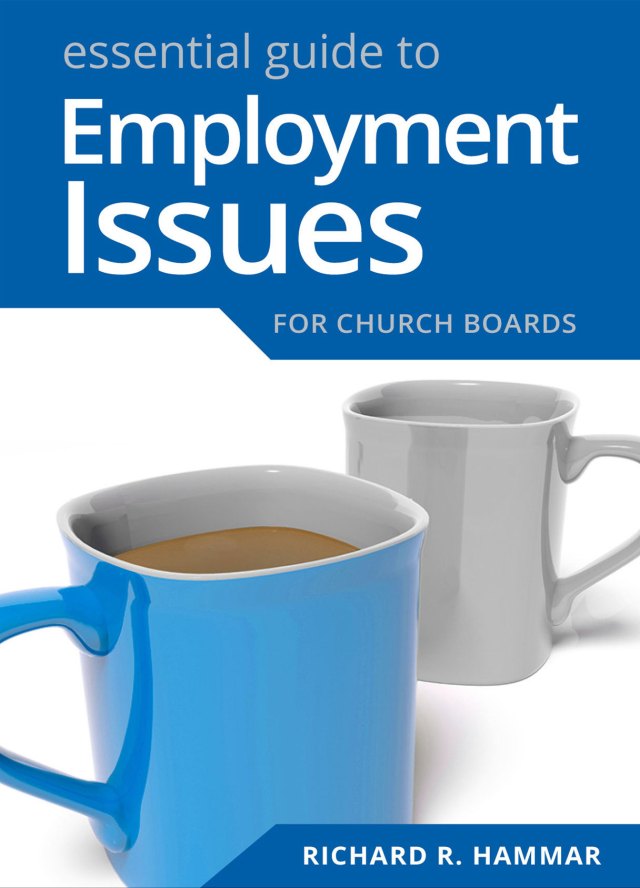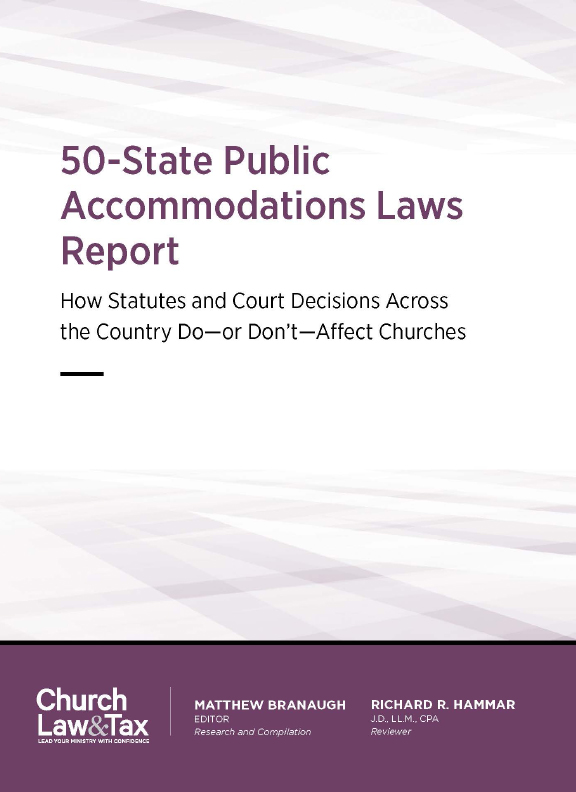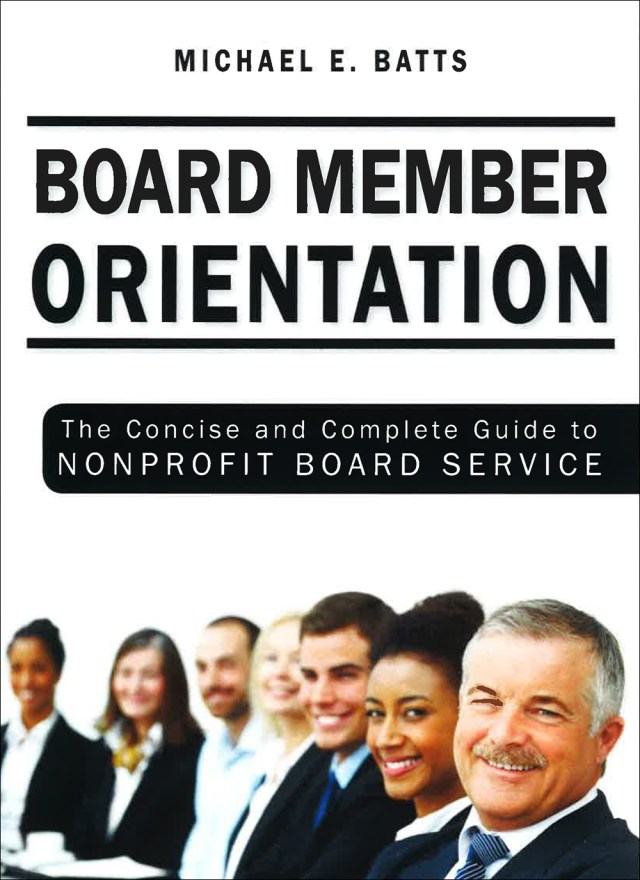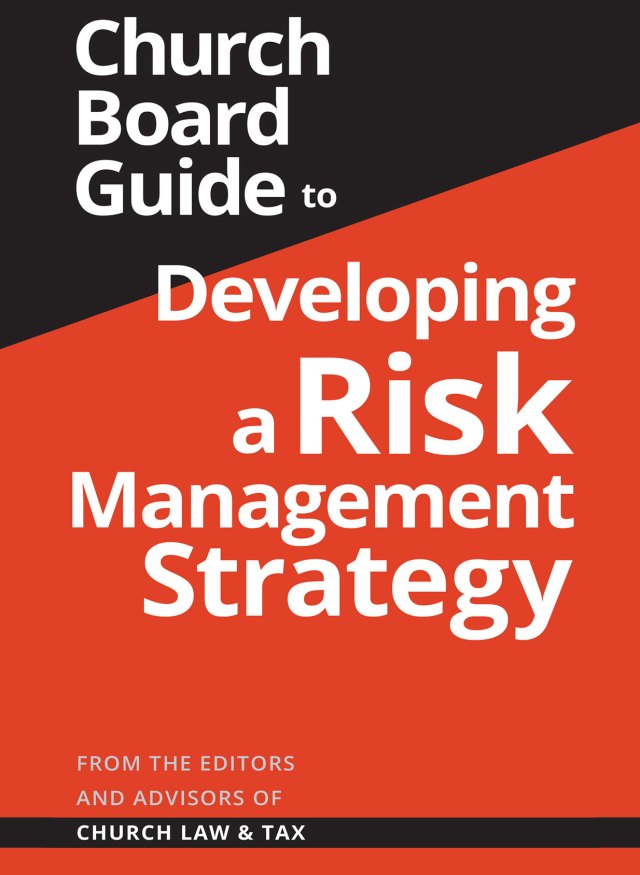• Key point 6-06.4. Church officers and directors can be removed from office in the manner authorized by the church’s governing documents. It is common for church bylaws to give the membership the authority to remove officers and directors who engage in specified misconduct or change their doctrinal position.
Church Officers, Directors, and Trustees
• Key point 6-12.1. Church membership meetings must be conducted in accordance with the procedural requirements ordinarily specified in the church’s governing documents. The most common requirements pertain to notice, quorum, and voting.
Church Business Meetings
An Ohio court ruled that an attempt by church members to remove all of the members of the church board at a specially called membership meeting was invalid because the notice requirements prescribed by state nonprofit corporation law were not followed. A church board began questioning its pastor’s handling of church contributions. The board eventually asked the pastor to resign, but he refused. The board then terminated the pastor and canceled church services scheduled for the following Sunday. The board sent church members a letter detailing its reasons for terminating the pastor’s employment. The pastor defied the board and conducted church services the following Sunday. After the service, some church members stayed behind and convened a “meeting” at which they asked the board to explain its actions. Only some of the board members attended this informal meeting, and they did so under protest. The church members concluded the meeting by issuing a vote of no-confidence in the board, voting to disband the board, electing a new board, and reinstating the pastor. At the next church service the pastor purported to install the members of the new board. The “ousted” board members, on behalf of the church, filed a lawsuit in which they asked a court to recognize them as the true board and to enforce their decision to remove the pastor. They insisted that the “meeting” at which they were ousted was invalid since it violated the notice provisions of state law.
Church Governance
The church constitution vests the church ruling authority with the executive board. The constitution states that the board’s purpose is to “oversee the operation and implement policies.” Among the board’s duties is to meet monthly, review church activities and call meetings as required. The board members serve six-year terms, with executive officers serving two-year terms. The constitution makes no provision for the removal of board members.
The church is a nonprofit corporation chartered under the laws of the state of Ohio. In general, an incorporated church is free to adopt rules for its own governance. However, issues that it fails to address are governed by the state nonprofit corporation law. The church’s bylaws did not address how notice was to be provided for membership meetings, and so the following provision in the nonprofit corporation law applied:
Unless the articles or the regulations provide for notice of meetings otherwise than as provided in this section, written notice stating the time and place of a meeting of the voting members, and, in case of a special meeting, the purpose or purposes for which the meeting is called, shall be given either by personal delivery or by mail not less than ten nor more than sixty days before the date of the meeting: (A) to each member entitled to notice of the meeting; (B) by or at the direction of the president or the secretary or any other person required or permitted by the regulations to give notice or the officers or persons calling the meeting. If mailed, such notice shall be addressed to the member at his address as it appears on the records of the corporation. Notice of adjournment of a meeting need not be given if the time and place to which it is adjourned are fixed and announced at such meeting.
The court noted that according to this provision the members who called the “special meeting” were required to state the purpose of the meeting and provide at least ten days’ notice of the special meeting. Because this notice requirement was not followed, the “meeting” at which the board was ousted was void. Further, the other actions taken at that meeting (appointment of a new board, and reinstatement of the pastor) also were void.
Application. This case illustrates an important point-incorporated churches are free to adopt bylaws addressing issues of internal administration, and these bylaws generally take precedence over conflicting provisions in state nonprofit corporation law. In other words, state nonprofit corporation law may be viewed in most cases as a “gap filler”-filling gaps in a church’s bylaws. On the other hand, if an incorporated church’s bylaws do not address an issue of administration, then the state nonprofit corporation law will supply the rule, as happened in this case. Since the alleged special membership meeting did not comply with the nonprofit corporation law’s notice requirement, all of the actions taken at that meeting were void. Calvary Congregational Church v. Eppinger, 2000 WL 193216 (Ohio App. 2000).
© Copyright 2001 by Church Law & Tax Report. All rights reserved. This publication is designed to provide accurate and authoritative information in regard to the subject matter covered. It is provided with the understanding that the publisher is not engaged in rendering legal, accounting, or other professional service. If legal advice or other expert assistance is required, the services of a competent professional person should be sought. Church Law & Tax Report, PO Box 1098, Matthews, NC 28106. Reference Code: m13 m16 c0201




